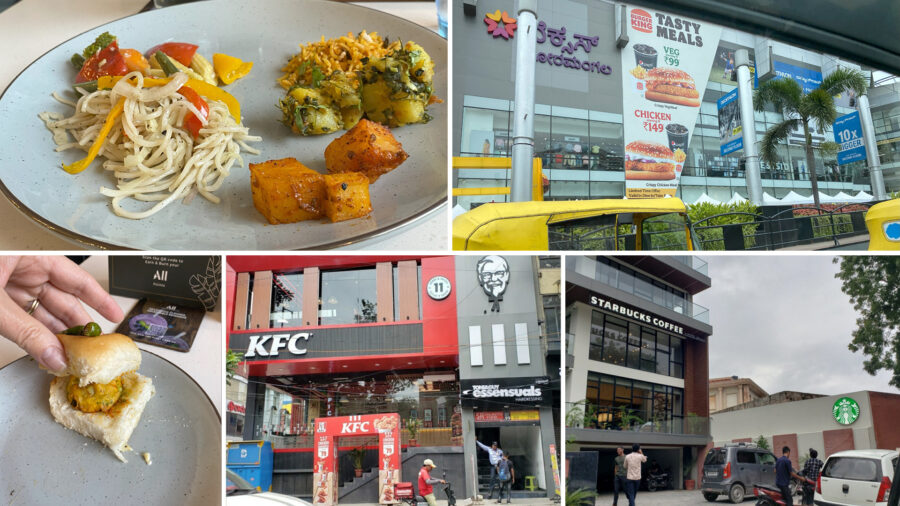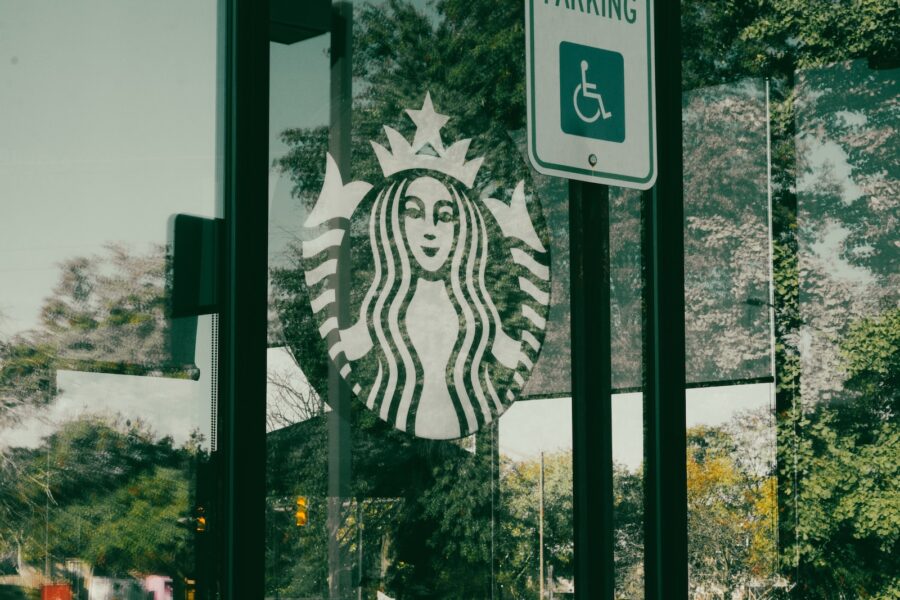Augmented reality (AR) restaurant menus have yet to gain traction in the U.S., and they’re scarcely used in Europe. Yet, stats suggest that fact could change rather soon.
By 2025, nearly 75% of the global population and almost all smartphone users will be frequent users of augmented reality, according to the 2021 Global Deloitte Digital Study.
Those in the restaurant industry are taking note of such research about AR. And AR menus, like the kind shown in this video produced by Onirix, could help customers visualize food options on menus and, essentially, see what those items look like in a real-life setting at restaurants.
“AR menus are great for creating the mouth-drooling experience that leads to guests actually trying new things,” Bob Vergidis, founder of pointofsale.cloud, told The Food Institute. “How many times have you been to a restaurant and didn’t order something new because you weren’t sure what it was going to be like?
“Dining experiences can be expensive, so this is a way to induce trials, or more menu exploration.”
Put simply, augmented reality allows users to view the real world through a screen and superimpose on it computer-generated images or information. In augmented reality, one could use their phone’s camera view to look at the world and see how other, 3D-rendered objects look in real space.
TEST CASES
Currently, there’s a novelty factor around augmented reality, so restaurants that use AR menus stand a decent chance of generating publicity. A few large chains, like Domino’s, have used AR for advertising and promotional purposes, but not for full menus yet.
Mexican restaurant Wahaca was the first restaurant in the U.K. to utilize an AR menu, according to a blog by Poplar Studio, a company that offers 3D and AR previews of products across e-commerce websites. Wahaca enhanced its physical menus with a QR code which, when scanned with a smartphone, triggered an AR experience that allowed diners to see details of a dish, including the texture of products used, and portion sizes.
“The cool thing with AR is it has the ability to understand real-world dimensions,” said Vergidis of pointofsale.cloud, an integrated technology platform for restaurants. “That way, when a computer image is superimposed on the real camera image, what the person sees is a composite that’s scaled correctly, and it looks realistic.”
“AR menus use the concepts of augmented reality to allow guests to look through their phone’s camera and see a 3D image of the menu items, and they appear right in front of them, as if they were really there. The food [looks] life size, and the image changes in real time as the person moves their phone around to see different angles of it.
“It’s a very realistic way of looking at the food as if it was right in front of you.”
BIGGEST CURRENT OBSTACLES
The challenge of adopting AR restaurant menus is that the food needs to be converted to 3D using scanners – a process that not only costs thousands of dollars (as noted in this jasoren.com article) but is also quite time-consuming.
That’s the main reason Vergidis feels it’ll be at least a few years before AR menus gain widespread acceptance.
“The value of AR menus is the guest can visualize the food,” Vergidis added. “But most of us are creatures of comfort so, when we order, we’re more focused on speed than on playing around with the 3D model of the food.”











